Category: Soap & Cosmetic Labeling
Blog posts that deal with soap and cosmetic labeling; addition information, questions asked and answered and updates as new information becomes known.
-
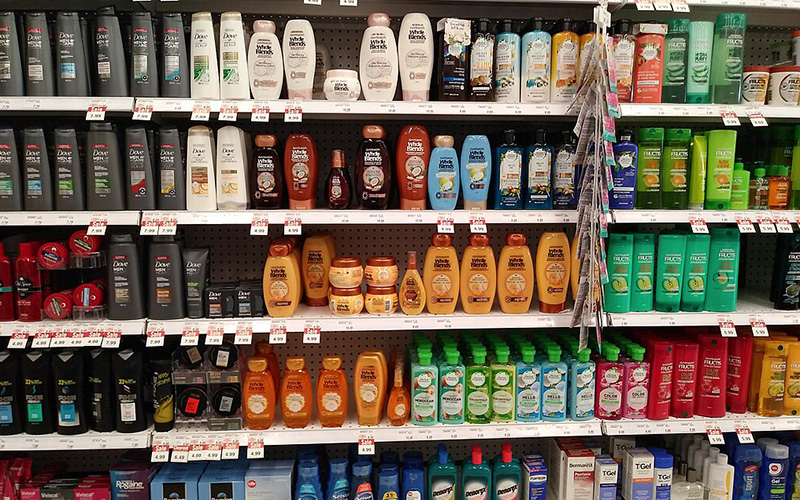
Product Identity, Product Name, and Brand
Product identity, product name, and brand each serve a different purpose on your label. Here’s how to keep them clear—and compliant.
-

Does AI Give Good Labeling Advice?
I conducted an experiment to determine if AI could help decode cosmetic regulations —but every platform I tested gave some incorrect information. Useful, yes. 100% trustworthy, no.
-
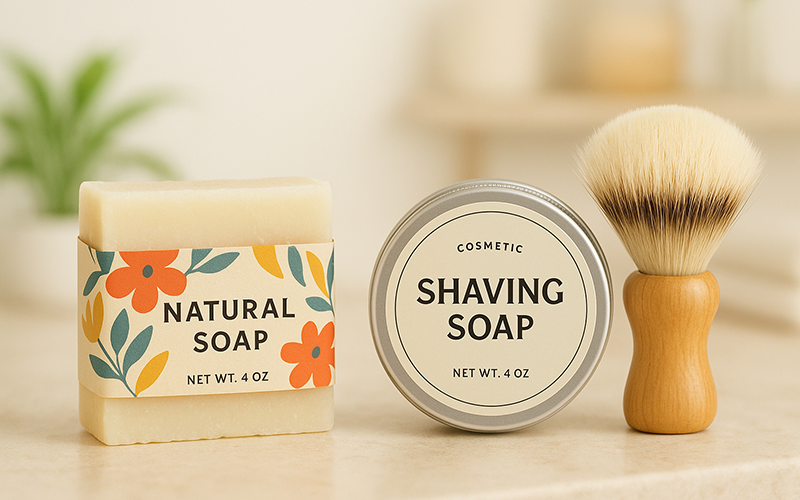
Soap: Cosmetic or Not? Understanding the Differences
Soap can be cosmetic or non-cosmetic, depending on how it’s made and marketed. Knowing the difference helps you label correctly, stay compliant, and market effectively.
-
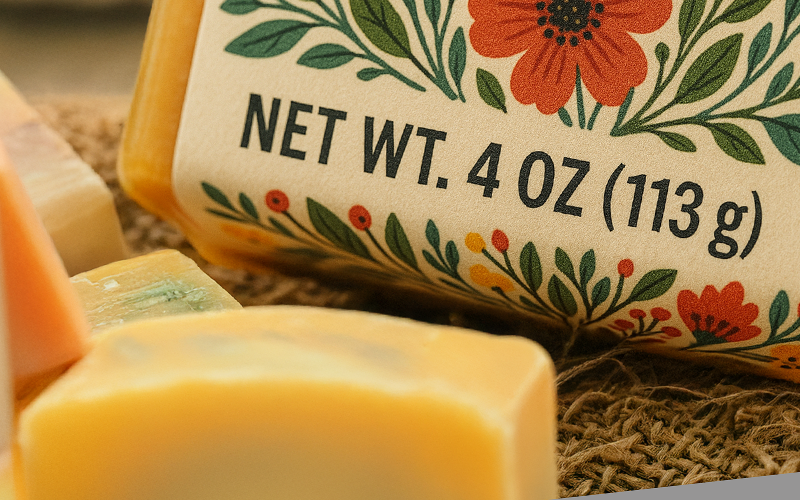
Net Contents: Size and Placement
The net contents must be big, bold, and clear—often bigger than you’d expect. Here’s how to size, place, and format it correctly.
-
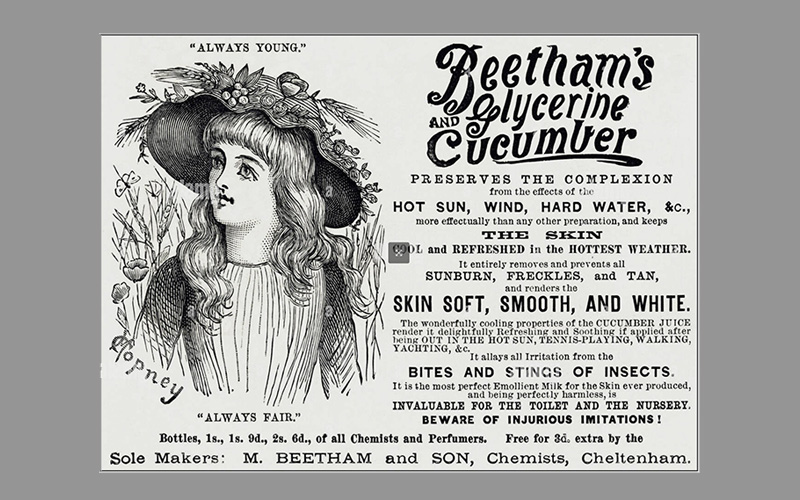
Why Are There Restrictions on Product Claims?
From snake oil salesmen to modern rules, today’s restrictions on product claims come from 100 years of experience to protect consumers—and define the line between cosmetics and drugs.
-
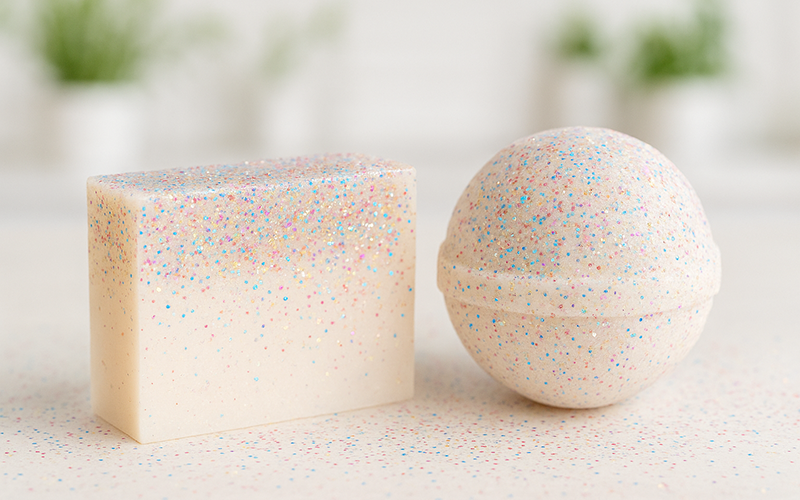
California Bans Plastic Glitter in Cosmetics
California has approved a ban on plastic glitter in personal care products — including soap. Makers have until 2029 to reformulate with eco-friendly alternatives.
-
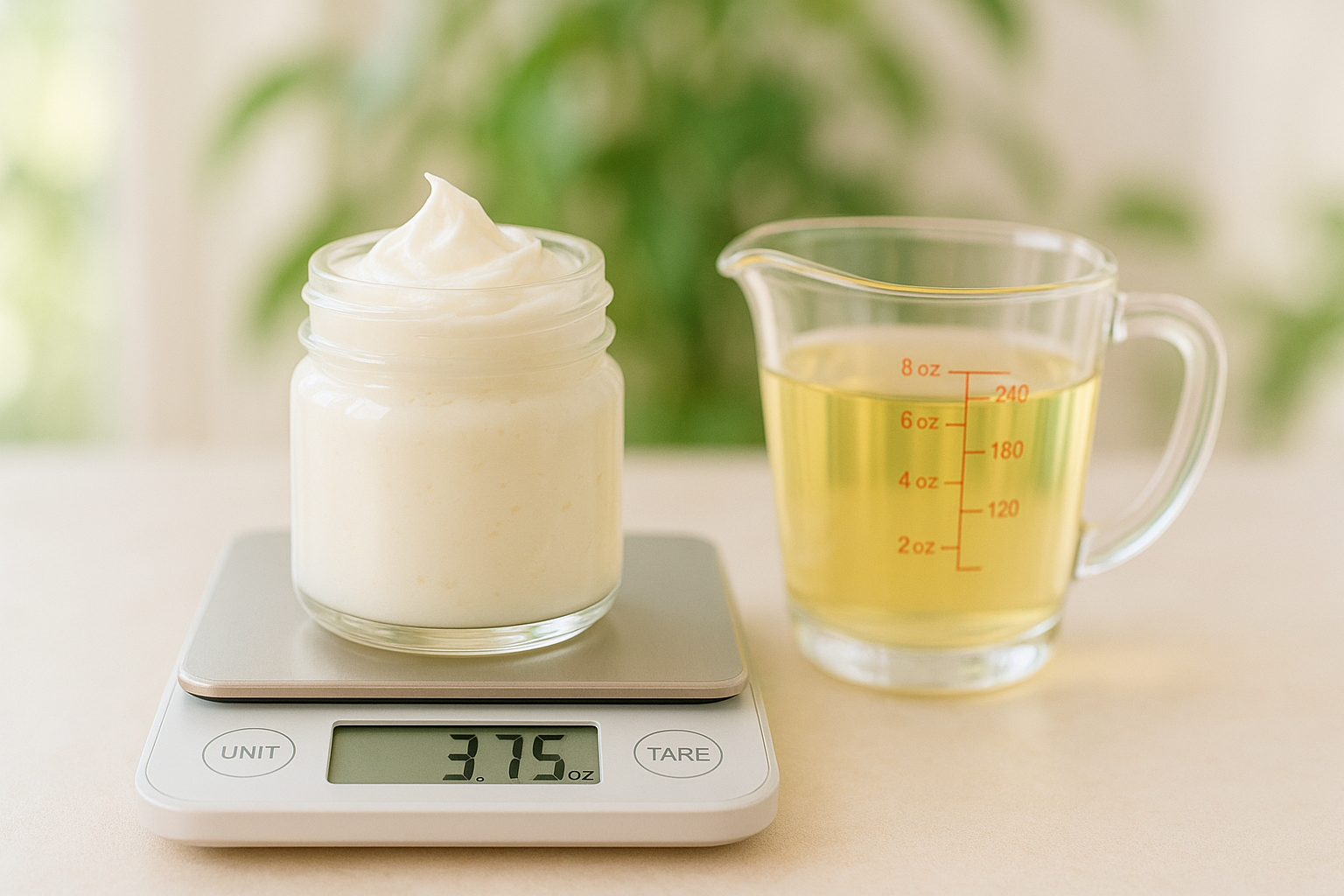
Net Contents: Solid vs Fluid Products
Correct net contents labeling means using weight for solids and volume for liquids. Here’s how to measure and declare contents correctly on your cosmetic labels.
-
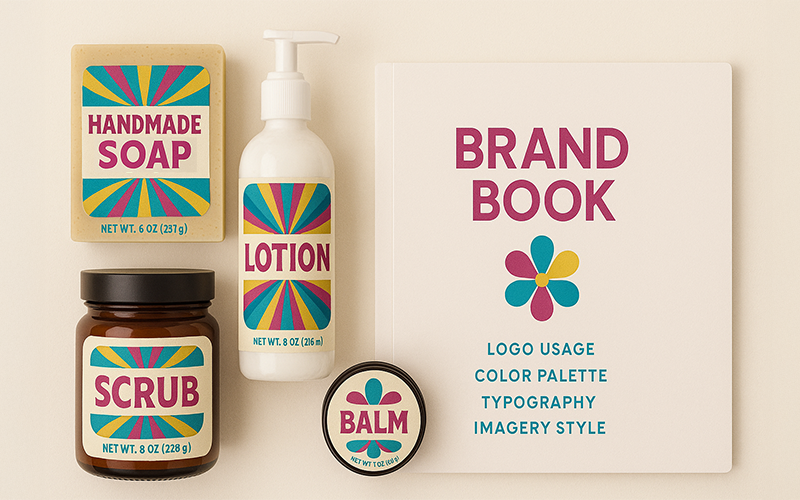
Label Design: Your Brand Book
A brand book keeps your soap or cosmetic business consistent, professional, and compliant—especially when you include branding rules that apply to your product labels.
-
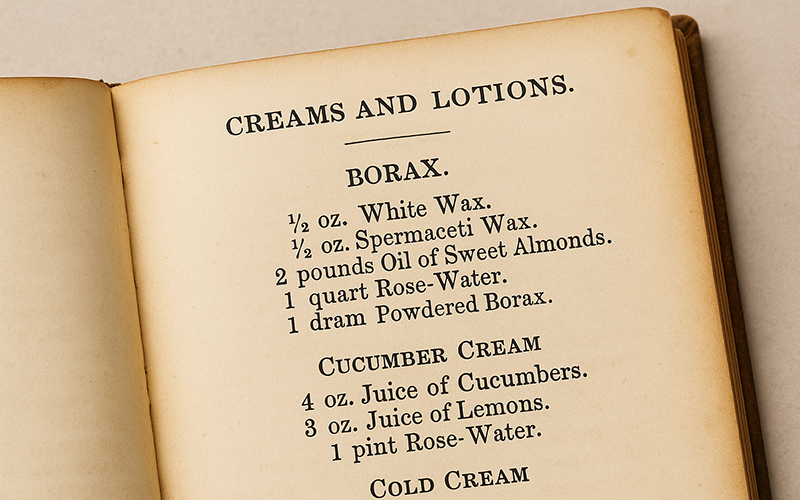
Borax in Cosmetics: Is it Okay?
Borax was considered safe in cosmetics in 1983, but modern science and EU bans suggest safer alternatives are better choices for today’s makers.
-

Ingredient Declaration: What Name to Use?
One of the trickiest parts of a cosmetic label is deciding what name to use for each ingredient. The scientific term? The kitchen-friendly version? Or that long string of Latin words?
-

Label Design: Your Ideal Customer
When designing a label and marketing a product, most makers focus first on the required information, layout, and colors. If you stop there, you may miss the most important question: who is this product for?
-
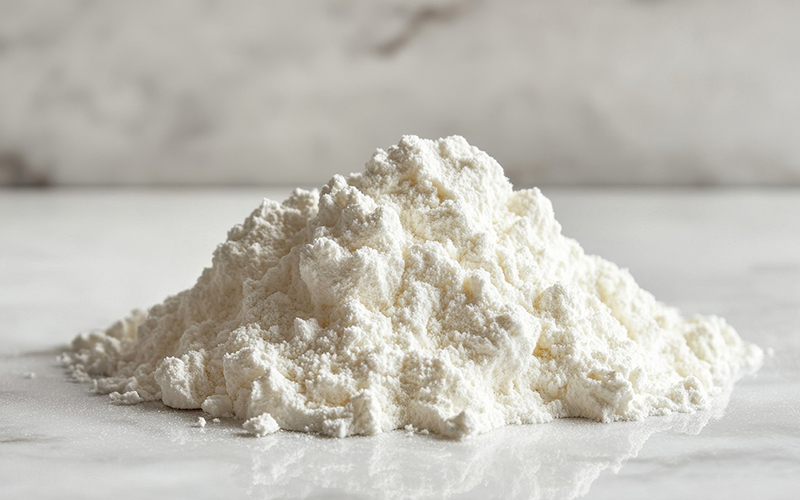
Titanium Dioxide: Safe or Not?
Titanium dioxide is one of those ingredients that nearly every soap and cosmetic maker has encountered. It’s been the subject of some controversy lately, so let’s take a closer look at it.
